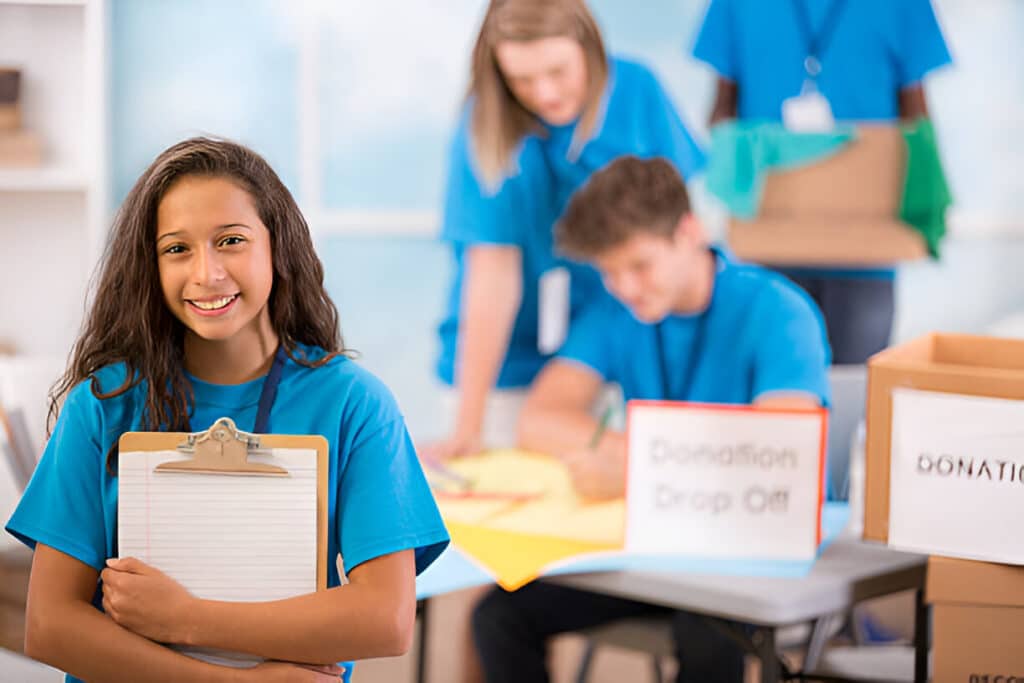Schools need extra support to provide better education for children. Many students lack resources that help them learn effectively. Nonprofits step in to fill those gaps and offer valuable programs. These organizations bring funding, supplies, and mentorship to classrooms. Working together, schools and nonprofits create better opportunities for students.
These partnerships are essential in underserved areas where schools struggle with limited resources. By working together, nonprofits and schools can ensure that all children, regardless of their background, receive a quality education. Individuals and organizations that donate for child education help provide supplies, scholarships, and learning programs. Let’s read about them in detail.
Expanding Learning Opportunities for Students
Nonprofits provide after-school programs, tutoring, and creative learning sessions. Many students benefit from extra academic help outside school hours. These programs focus on subjects like math, reading, and science. Hands-on activities make learning more engaging and interactive. With nonprofit support, schools can extend education beyond the classroom.
Some organizations also offer enrichment programs, including arts, music, and sports. These activities help students develop confidence and new skills beyond their textbooks. When children explore their interests, they become more engaged in their education and motivated to excel in school.
Providing Essential School Supplies
Many children struggle due to a lack of basic school supplies. Nonprofits help by donating books, backpacks, and stationery. Some organizations also provide technology like laptops and tablets. With these resources, students can focus on learning without worry. Schools appreciate this support, as it improves education quality.
Without the right tools, students can fall behind in their studies. Having proper supplies boosts their confidence and allows them to participate fully in school activities. Nonprofits also work with teachers to identify what resources are most needed, ensuring targeted support for students.
Supporting Teachers and School Staff
Educators often need additional training and resources. Nonprofits arrange workshops, teaching materials, and professional development sessions. They also bring in volunteers to assist teachers in classrooms. These efforts make teaching more effective and enjoyable. When teachers have support, students receive a better education.
Some nonprofits also fund scholarships for teachers to further their education. With better training, educators can introduce new teaching strategies to their classrooms. This enhances the learning experience for students and helps schools maintain a high standard of education.
Addressing Nutrition and Well-Being
A child’s well-being directly affects learning. Some students face challenges like hunger or health issues. Nonprofits step in by offering meal programs and health checkups. Schools and organizations also promote mental wellnessinitiatives. A healthy child is more focused and ready to learn.
Additionally, nonprofits help create safe and supportive school environments. They educate students on important issues like hygiene, mental health, and self-care. These efforts ensure that children are not only learning but also growing into confident and healthy individuals.
Encouraging Community Involvement
Education improves when the community plays an active role. Nonprofits connect parents, local businesses, and volunteers with schools. These partnerships create mentorship opportunities for students. Community support makes children feel valued and motivated to succeed. When everyone contributes, education systems grow stronger.
Local businesses often provide internships and job shadowing opportunities for students. These experiences help children understand career paths and prepare for their future. When communities invest in education, they create a stronger foundation for the next generation.
Promoting Equal Education for All
Many children face barriers to education due to poverty, disabilities, or discrimination. Nonprofits advocate for equal learning opportunities by funding scholarships and creating inclusive programs. Schools partner with these organizations to ensure every child gets a fair chance to succeed. Some nonprofits focus on supporting children with disabilities by providing specialized resources and trained professionals.
Improving education requires teamwork between schools and nonprofits. Together, they provide supplies, learning programs, and essential resources. Community involvement strengthens education systems even further. Many nonprofits encourage people to donate for child education, helping more children access quality learning. Education grows stronger when schools, communities, and nonprofits work together.


